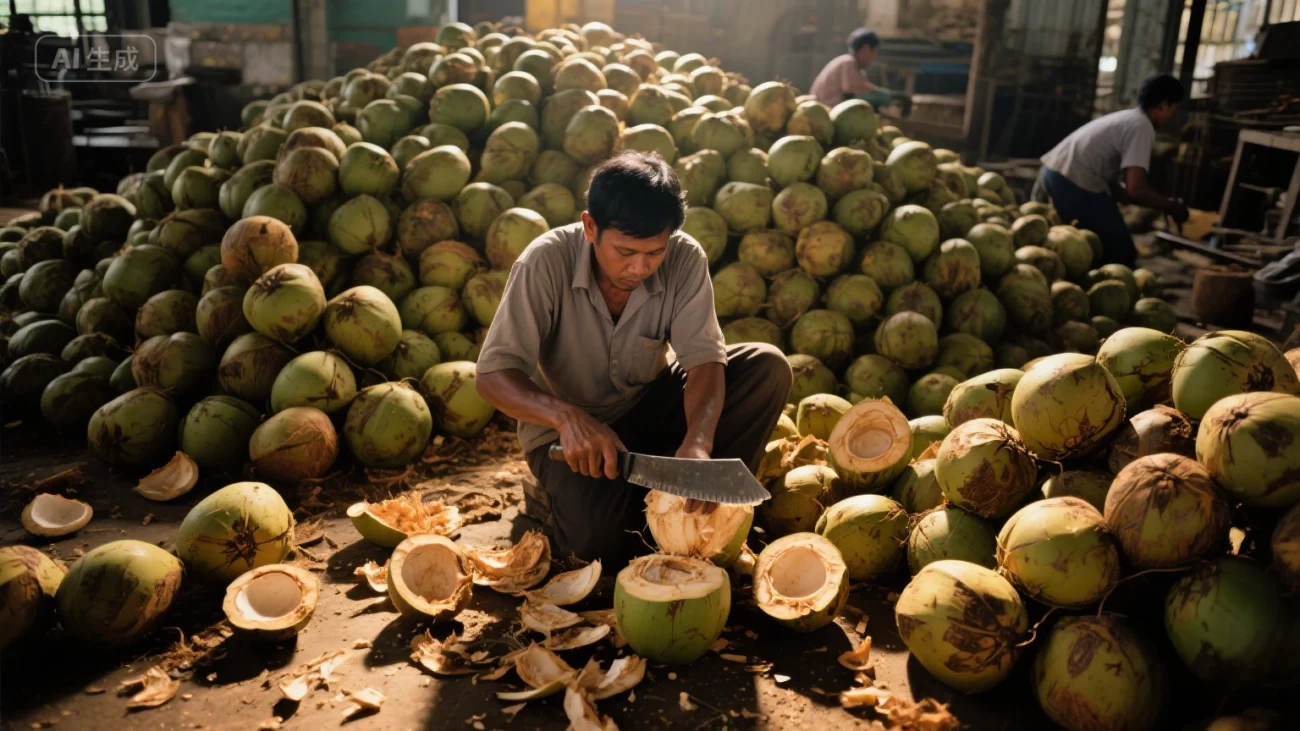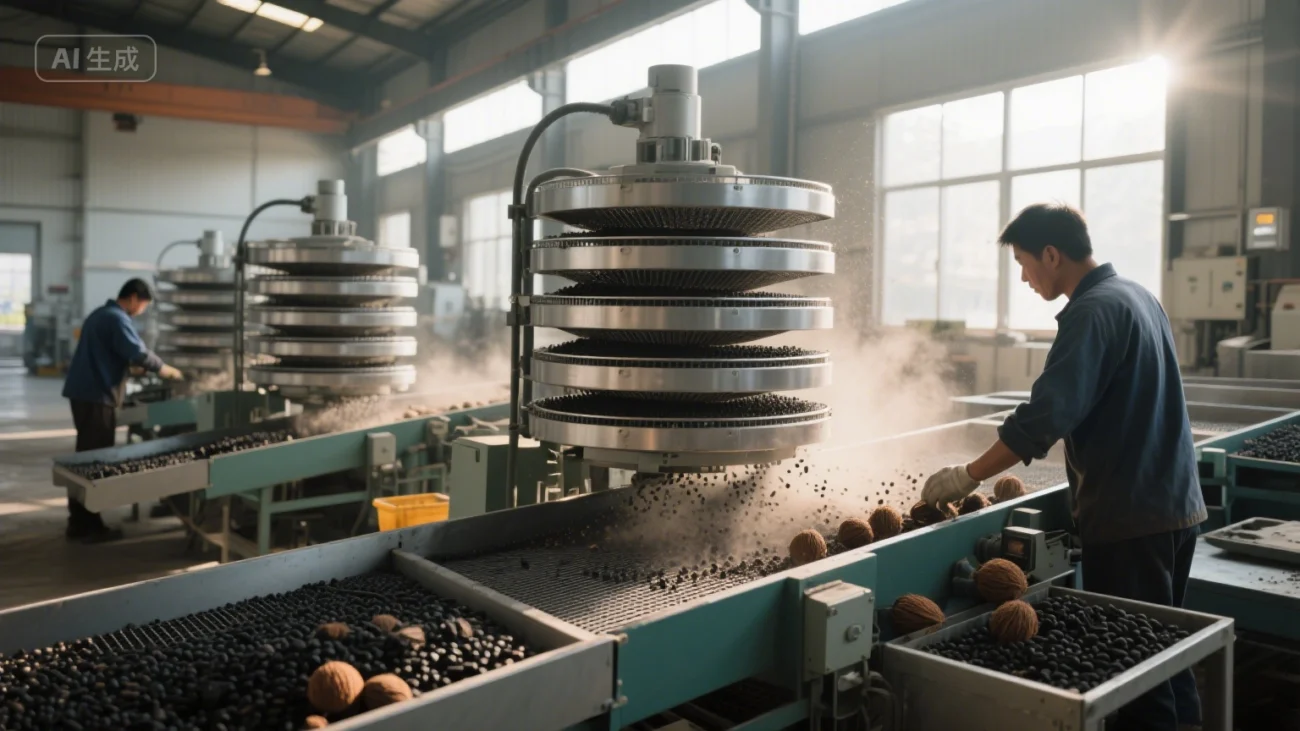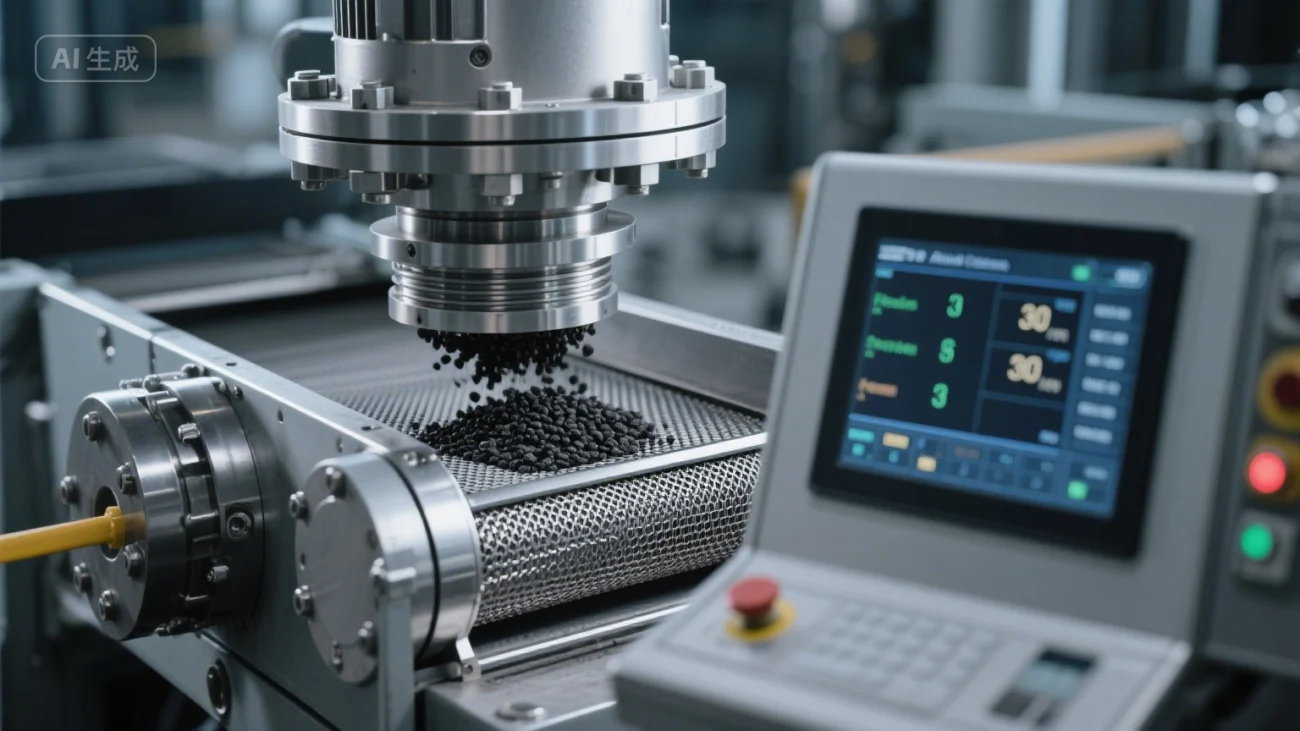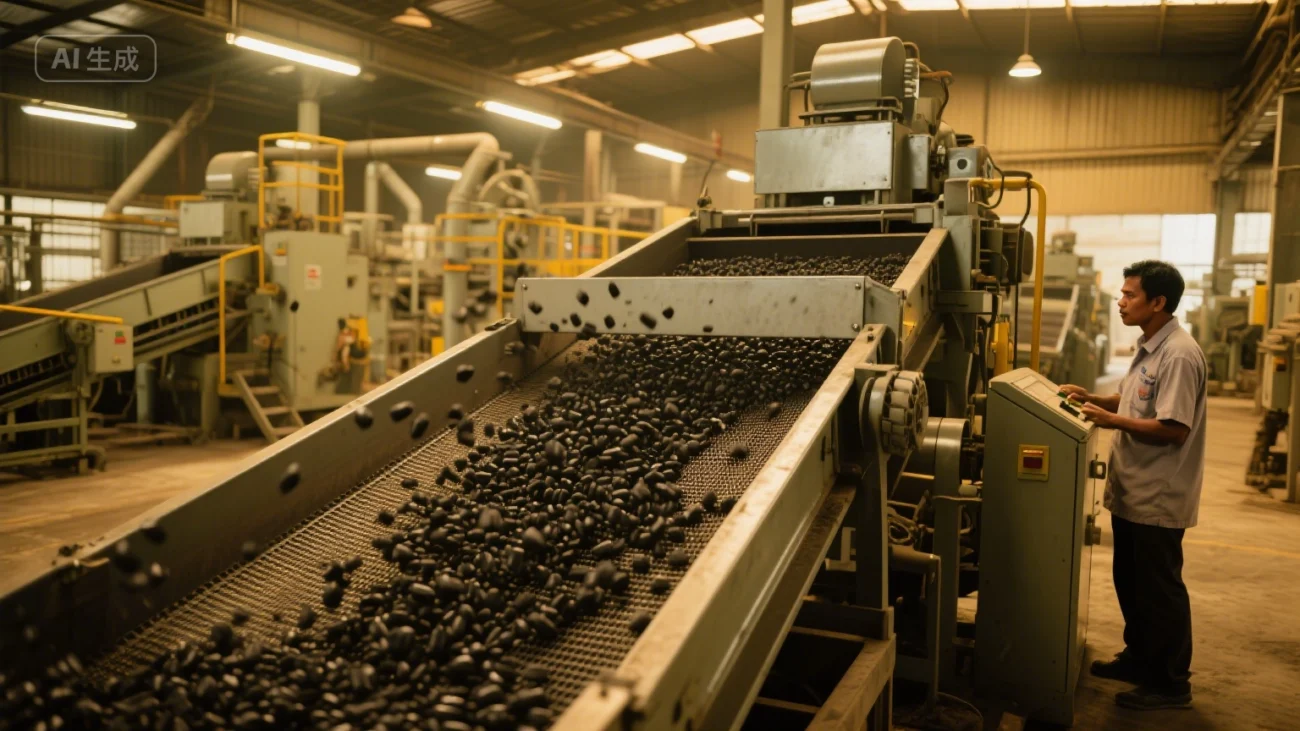The Strategic Role of Vibrating Screens in Coconut Shell Carbon Processing
Indonesia, as one of the world’s leading producers of coconuts, plays a central role in the global supply of coconut shell activated carbon. The transformation of raw coconut shells into high-quality activated carbon involves a sequence of intricate processing stages, culminating in particle classification, which is crucial for industrial usability. In this context, the deployment of vibrating screen for activated carbon represents not merely a functional choice but a strategic imperative for manufacturers aiming to meet global quality standards.

The complexity of screening coconut shell activated carbon lies in the heterogeneity of particle sizes post-activation and the porous structure of the material itself. Traditional screening methods fall short in preserving the integrity of delicate carbon granules while ensuring uniformity. Conversely, high-performance vibrating screens engineered specifically for fine particulate materials deliver exceptional precision. These machines utilize oscillatory motion, either linear or elliptical, to classify particles based on granule dimensions and density. The key advantage lies in their capacity to minimize particle attrition while maximizing throughput.
As the demand for activated carbon intensifies across sectors such as water purification, air filtration, and gold recovery, Indonesian producers face mounting pressure to elevate product quality. The integration of vibrating screen for activated carbon into production lines addresses this challenge directly by providing unparalleled consistency in particle sizing. Moreover, these systems facilitate rapid processing, reduce manual intervention, and offer scalable solutions for facilities of varying capacities. Their adoption not only enhances operational efficiency but also reinforces Indonesia’s competitive edge in the global carbon export market.
Technical Advancements in Fine Screening for Activated Carbon

The evolution of fine screening for activated carbon has been driven by advancements in vibratory separation technology and an increasing need for product uniformity. In the case of coconut shell activated carbon, where fine particle classification dictates performance across multiple applications, the introduction of multi-deck vibrating sieves marks a significant breakthrough. These configurations allow for simultaneous grading of particles into distinct fractions, thereby enabling manufacturers to tailor outputs to specific industry demands.
High-performance vibratory systems are often constructed with corrosion-resistant alloys and precision-engineered mesh screens, which are critical for handling the abrasive and adsorptive nature of activated carbon. Sophisticated control systems further augment these machines, offering real-time monitoring of vibration frequency, amplitude, and screen tension. Such features ensure optimal separation efficiency and prolonged equipment longevity. Notably, ultrasonic vibration technology has emerged as a transformative enhancement, eliminating screen blinding and promoting continuous operation even with ultra-fine powders.

Indonesia’s carbon processing facilities are increasingly integrating automated vibrating sieve for carbon granules to achieve micron-level separation. These systems excel in reducing oversized or undersized particulates, both of which can compromise adsorption capacity in end-use scenarios. Importantly, by facilitating the exclusion of fine dust, vibrating sieves also contribute to workplace safety and regulatory compliance. The efficiency gains derived from these technologies are measurable: reduced downtime, higher throughput, and consistently superior end-product quality.
As sustainability becomes a non-negotiable facet of industrial operations, fine screening technology is also playing a pivotal role in minimizing material waste. Precise classification reduces the volume of unusable byproducts and optimizes raw material utilization. This is particularly relevant in Indonesia, where the valorization of agricultural waste such as coconut shells forms the backbone of a circular economy strategy. Thus, fine screening for activated carbon is not only a technical requirement but a cornerstone of sustainable manufacturing.
Market Impact and Competitive Positioning in Indonesia
The implementation of vibrating screen for activated carbon in Indonesian production plants has catalyzed a paradigm shift in how local manufacturers approach global markets. Historically, quality inconsistencies and limited production scalability impeded the country’s ability to compete with dominant players in the activated carbon sector. However, the transition toward technologically advanced screening systems has yielded a marked improvement in product standardization and export readiness.

Buyers in Europe, North America, and East Asia increasingly demand activated carbon with well-defined granule specifications, low dust content, and consistent adsorption indices. By adopting vibrating sieve for carbon granules, Indonesian suppliers are not only meeting these stringent requirements but are also positioning themselves as reliable sources for high-grade materials. Furthermore, such technological investments signal a broader shift toward industrial modernization, a necessary step for penetrating premium market segments.
Beyond the export landscape, domestic applications for coconut shell activated carbon are expanding in parallel. The Indonesian government’s initiatives around environmental remediation and water treatment have spurred demand for locally produced activated carbon. High-performance vibrating screens enable manufacturers to address both domestic and international needs without compromising on quality or efficiency. These systems also provide valuable data insights, enabling real-time adjustments to process parameters and fostering continuous improvement.
The long-term implications of this technological integration are profound. As manufacturers increasingly rely on advanced screening methods to enhance process reliability and product quality, a virtuous cycle of innovation and market growth is emerging. Moreover, by leveraging indigenous resources such as coconut shells through sophisticated processing methods, Indonesia is carving a sustainable and economically resilient niche in the global activated carbon supply chain. The widespread adoption of vibrating screen for activated carbon thus reflects a broader commitment to industrial excellence and ecological stewardship.
